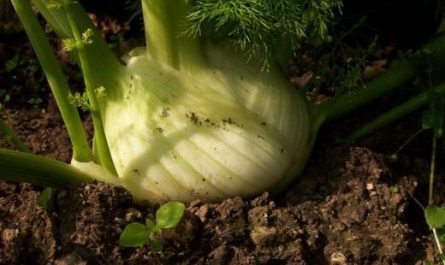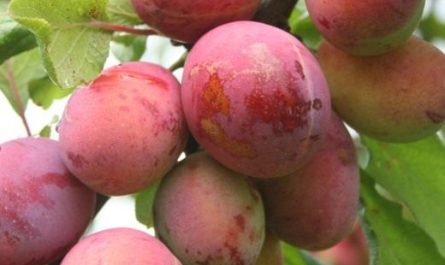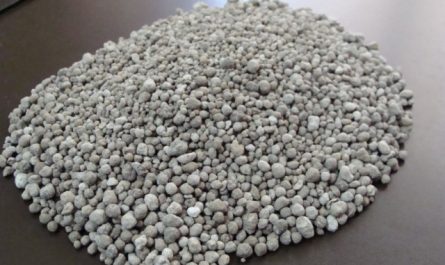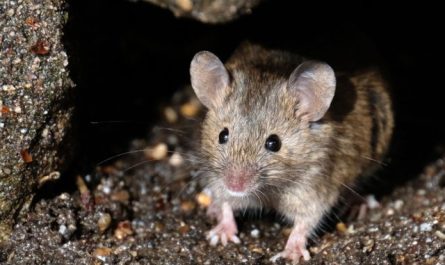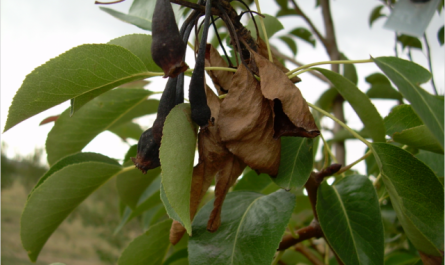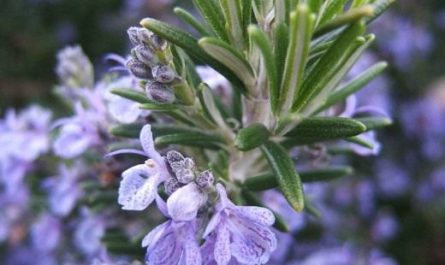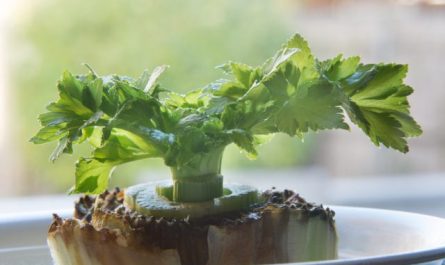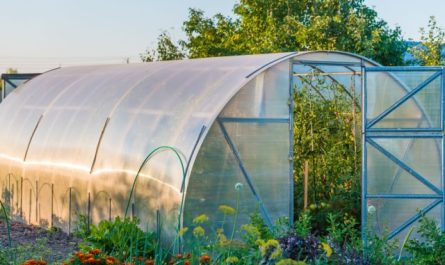The dietary and medicinal properties of table beet have long been known. Its nutritional value is due to the balanced content of vitamins B and C, mineral and physiologically active substances, including betaine and betanin, contained only in beet. Preservation of this balance and the taste of beet depends on the conditions of its cultivation.
The most delicious and juicy beets are obtained on loose, organic-rich neutral soils. However, fresh manure is not added to beets – it promotes the growth of the root crop, the accumulation of nitrates, which worsen the taste, preservation of beets and in excessive quantities are harmful to human health. Therefore, beets are placed after crops for which manure or humus was added (cucumber, zucchini, early-ripening cabbage and potatoes) or which empty the beds early (onions, tomatoes, green peas).

© Skåne Food Experiences
The yield of table beetroot, especially early produce, depends on the nitrogen supply of the soil. To obtain 1-3 kg of root crops per 3,5 sq.m., 10-12 g of nitrogen (active substance) is added during digging in the spring. Large doses of mineral nitrogen contribute to the accumulation of nitrates. In addition, beets should not be overfed, since sprouts do not tolerate a fertilizer concentration of more than 0,1%. The lack of nitrogen, especially in the early stages of plant development, inhibits the absorption of phosphorus and potassium from the soil and directly reduces the beet yield. With a phosphorus deficiency, the leaves are dull, dark green, then turn red, and when there is little potassium, they gradually turn dark red. Premature reddening of leaves is observed with a lack of magnesium and manganese in the soil, as well as on acidic (pH less than 5,0) and alkaline (pH more than 7,5) soils, on which beet plants are oppressed, do not grow, and form small reddish-purple leaves. If there is not enough boron, the growth point dies, root crops are affected by heart rot, core rot and are poorly stored. Lime, phosphorus, potassium, boron and magnesium-containing fertilizers are added in the fall during digging.
The quality of table beets also depends on the variety. The best in terms of culinary properties and taste are considered to be mid-season varieties of the varietal type Bordeaux: Bordeaux 237, Bordeaux single-seeded, Single-sprout, Incomparable (with a round root shape), Tenderness (with a cylindrical shape). Representatives of the cultivar type Egyptian flat: Gribovskaya flat, Egyptian flat (with a flat root crop) early maturing (vegetation period 60-70 days from mass emergence), inferior in quality and shelf life, but irreplaceable in obtaining early bunch products.

© Mala Gabrielle
Most beet varieties form multi-fruited (from three to four seeds) seed balls. They are sown at a rate of 1-1,2 g / sq.m and then the seedlings are thinned out, leaving 4-6 cm between the plants. Seeds of single-sprout varieties (Single-sprout, Bordeaux single-seeded, Double-seeded TSKhA, Valenta, VIRovskaya single-seeded, Khavskaya) consist of one or two seeds, germinate with one sprout, and the rows do not need to be thinned. Such varieties are sown at 0,6-0,8 g / sq.m.
The size of the root crop is determined by the sowing density. Large root crops, more than 10 cm in diameter, grow when sowing 30-40 seeds per 1 sq.m according to the scheme 13-10 × 25 cm. Such beets are less tasty, since xylem (conducting tissue, poor in nutrients) grows strongly in it and more nitrates and other harmful substances accumulate. Medium-sized beets are obtained with a density of 40-60 pieces/sq.m, and small (3,5-4,5 cm in diameter) – more than 60 pieces/sq.m or when the distance between plants in a row is 8-10 and 5-7 cm, respectively, with a row spacing of 25 cm. Small beets are an excellent product for canning.

© foshie
Beets, especially sprouts, do not tolerate air drought well. For the first month and a half, the plants are watered abundantly, at least once a week. It is best to water the beds in the evening, before sunset. Until harvesting, the spaces between the rows are constantly loosened, especially after watering or rain. First to a depth of 4 cm, then 10 cm (for varieties with a cylindrical root crop 15 cm long). The root zone around the row, 10 cm wide, is left untouched so as not to damage the roots.
The taste of table beetroot is also affected by the age of the root crop, which depends on the sowing time and harvesting time. To obtain very early produce, two seeds are sown in pots at the beginning of March, in April they are planted together with the pot under film shelters and harvested in July. By the same time, you can get a harvest from winter sowing (use varieties resistant to stemming Bordeaux 237, Winter A-474, Cold-resistant 19). Beets are sown on pre-prepared beds before the onset of persistent cold weather (in the middle zone – in November), so that the seeds do not germinate. The rows must be mulched with peat or humus.

© prahla’d
Beets can also be grown from seedlings (this is important if the spring is unfriendly, with frequent cold spells, heavy rains or, conversely, severe drought, as well as during a flood that has caused flooding of the area. However, success is possible if the following rules are followed: seeds are sown in pots or boxes with loose nutritious soil; seedlings are transplanted into the garden bed with two true leaves, in moist soil, without damaging the earthen lump; transplantation is carried out in the evening or in cloudy weather, after which the plants are shaded for 3-5 days.
For autumn consumption, table beet is sown at the end of April (the beds are covered with film or non-woven material for two to three weeks to protect them from frost). The latest sowing period is from the end of May to June 5 (not later, since the best for winter storage and tasty root crops are formed 90-110 days after mass shoots). Beets are harvested for storage at the end of September – beginning of October.
Materials used:
- M. Fedorova All-Russian Research Institute of Selection and Seed Growing of Vegetable Crops
